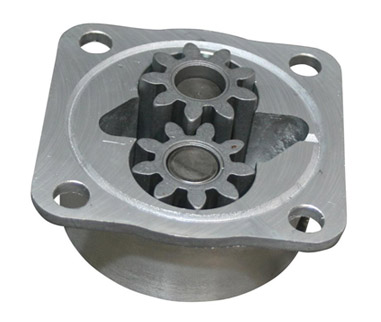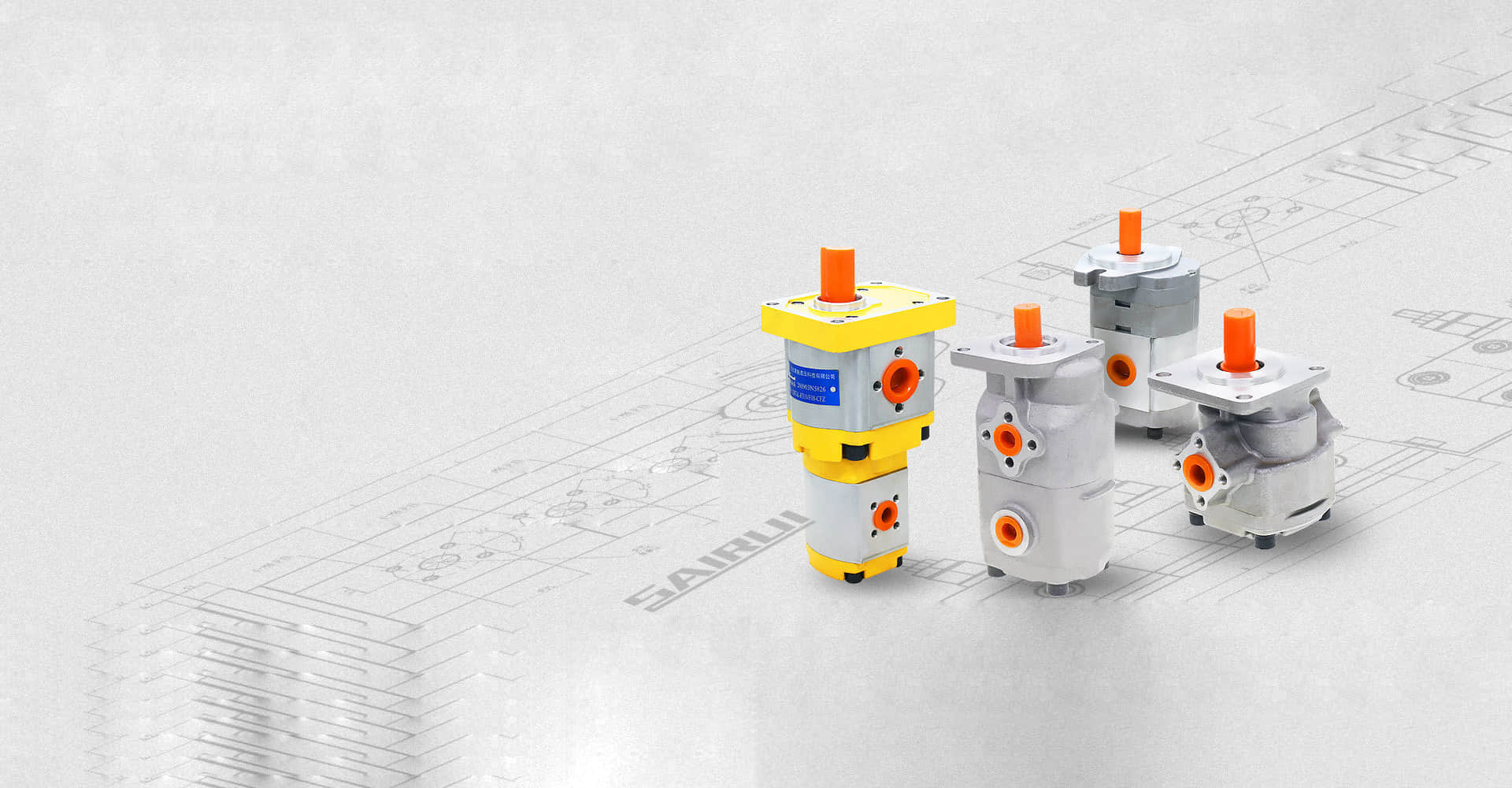How Does The Engine Oil Gear Pump Work?
In modern cars, the lubrication of the main engine components is carried out mainly under pressure. To create the latter at the required level, an oil pump is provided in the system design. It performs a cyclic oil supply, ensuring the continuity of the process. The durability of engine parts, fuel consumption (mechanical energy losses) and the level of harmful emissions depend on the accuracy of the oil pump.
Gear pump refers to unregulated. The drive of such an oil pump is carried out from the crankshaft
of the engine. In practice, this means that the pressure level directly depends on the engine speed.
To ensure that the oil pressure in the discharge line of the lubrication system is constant and does
not exceed critical values, such oil pumps are always supplemented with a reduction valve.
Structurally, the gear pump consists of the following elements:
The drive gear connected to the crankshaft.
Driven gear driven by a driving gear.
Sealed housing with discharge and suction channels.
Oil pump pressure reducing valve — it is a plunger with a spring, which is squeezed out when
the pressure increases, opening the oil discharge channel.
Seals (oil seals).
Gear pumps can be:
With external engagement — gears are located side by side and have external teeth.
The disadvantage of this type is the difficulty of achieving a high level of compression,
since this provokes an increase in specific pressures in the teeth engagement zone.
And although thanks to the use of a special discharge groove, the problem can be solved,
pumps with a similar groove are ineffective for a wide range of rotational
speeds and at low speeds the performance will be very small.
With internal gearing — the driving gear has external teeth and is located inside the
driven gear, the teeth of which are directed inward. Gears do not have a common axis
and form a semicircular gap (cavity). Such an oil pump has a more compact size.
The principle of operation of the gear pump is very simple: the lubricant enters through
the suction channel, where it is compressed by gears and pushed under pressure into
the discharge channel. Oil pumps with internal engagement can also be equipped with
a separating sickle (sickle-shaped partition). It is installed between the teeth
of the rotors in the zone of maximum distance from each other. Due to this, the discharge
cavities are sealed and a higher operating pressure is provided.

